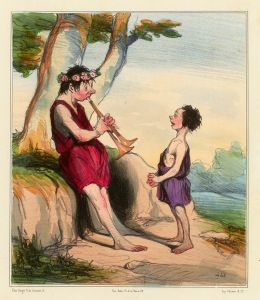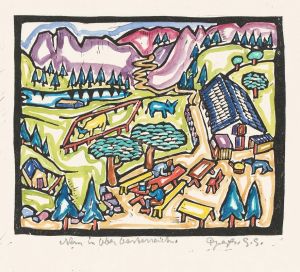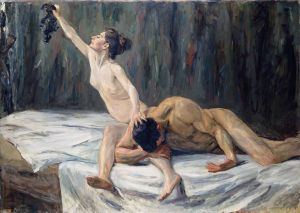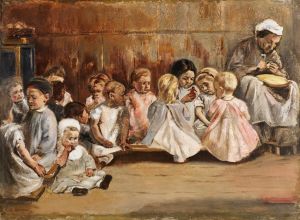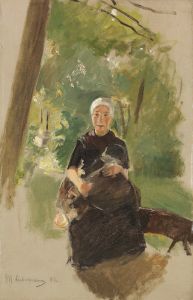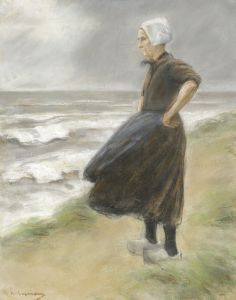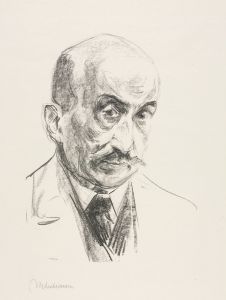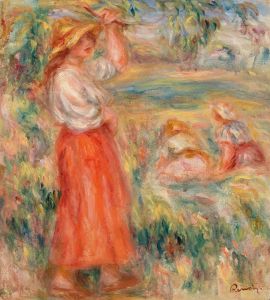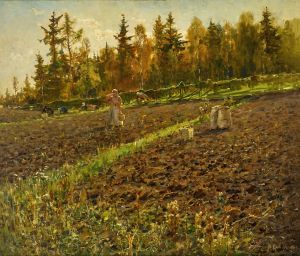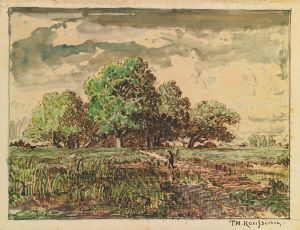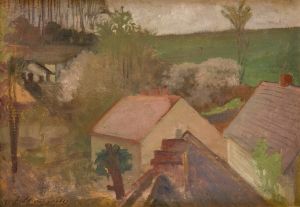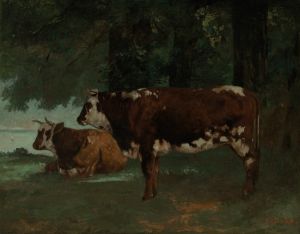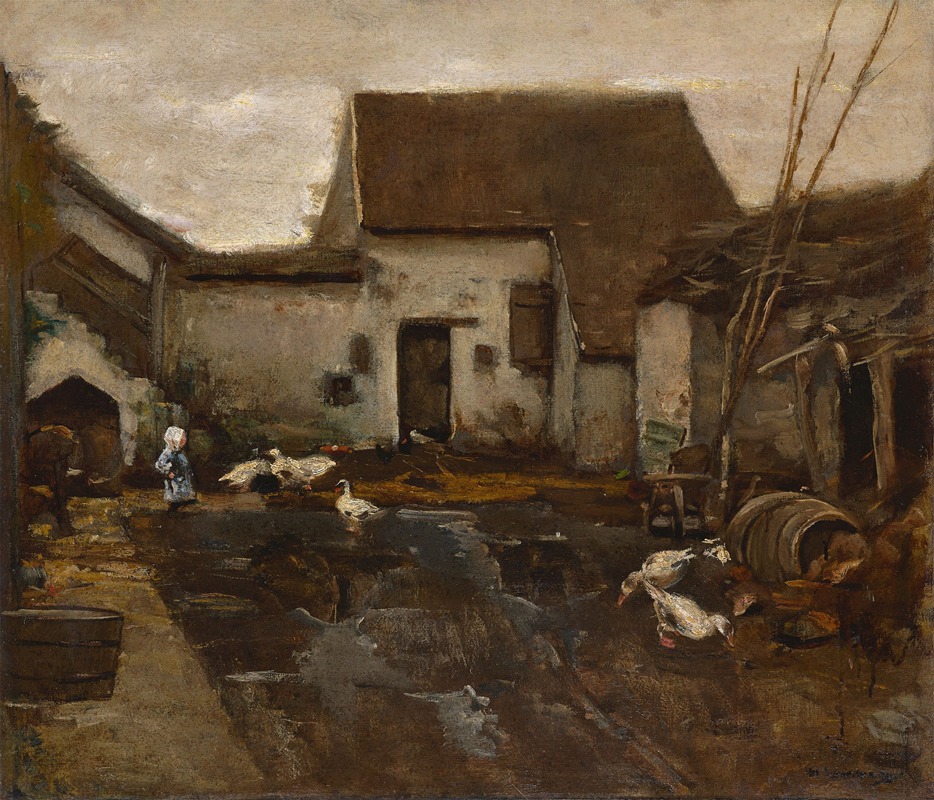
Bauernhof in Barbizon
A hand-painted replica of Max Liebermann’s masterpiece Bauernhof in Barbizon, meticulously crafted by professional artists to capture the true essence of the original. Each piece is created with museum-quality canvas and rare mineral pigments, carefully painted by experienced artists with delicate brushstrokes and rich, layered colors to perfectly recreate the texture of the original artwork. Unlike machine-printed reproductions, this hand-painted version brings the painting to life, infused with the artist’s emotions and skill in every stroke. Whether for personal collection or home decoration, it instantly elevates the artistic atmosphere of any space.
Max Liebermann was a prominent German painter and printmaker, associated with the Impressionist movement. He was born on July 20, 1847, in Berlin, and became one of the leading figures in the German art scene during the late 19th and early 20th centuries. Liebermann's work is known for its vibrant depiction of everyday life and his ability to capture the effects of light and atmosphere.
"Bauernhof in Barbizon" is one of Liebermann's notable works, created during his time in Barbizon, a village in France that became famous as a hub for artists in the mid-19th century. The Barbizon School was a group of painters who were part of a movement towards realism in art, focusing on natural landscapes and rural life. This movement was a precursor to Impressionism, which Liebermann later embraced.
The painting "Bauernhof in Barbizon" translates to "Farm in Barbizon" in English. It reflects Liebermann's interest in rural themes and his skill in capturing the essence of pastoral life. The work is characterized by its loose brushwork and the use of light to create a sense of immediacy and presence. Liebermann's time in Barbizon was influential in his development as an artist, as he was exposed to the techniques and philosophies of the Barbizon painters, which emphasized painting en plein air, or outdoors, to capture the natural light and atmosphere.
Liebermann's approach in "Bauernhof in Barbizon" demonstrates his transition from the more academic style of his early career to a freer, more impressionistic technique. This painting, like many of his works, focuses on the simplicity and beauty of rural life, depicting a farm scene with an emphasis on the natural environment and the daily activities of the people who inhabit it.
Throughout his career, Liebermann was known for his ability to depict the human condition with empathy and realism. His works often featured scenes of laborers, farmers, and ordinary people, reflecting his interest in social themes and his commitment to portraying life as it was. "Bauernhof in Barbizon" is a testament to this approach, capturing a moment in time with authenticity and sensitivity.
Max Liebermann's contributions to art were significant, and he played a crucial role in the development of modern art in Germany. He was a founding member of the Berlin Secession, an art movement that sought to break away from the conservative art establishment and promote new artistic ideas. His influence extended beyond his paintings, as he was also a respected teacher and mentor to many younger artists.
In summary, "Bauernhof in Barbizon" is an important work in Max Liebermann's oeuvre, showcasing his transition to Impressionism and his dedication to depicting rural life with honesty and artistry. The painting remains a valuable piece of art history, reflecting the broader trends of the time and Liebermann's unique perspective as an artist.





